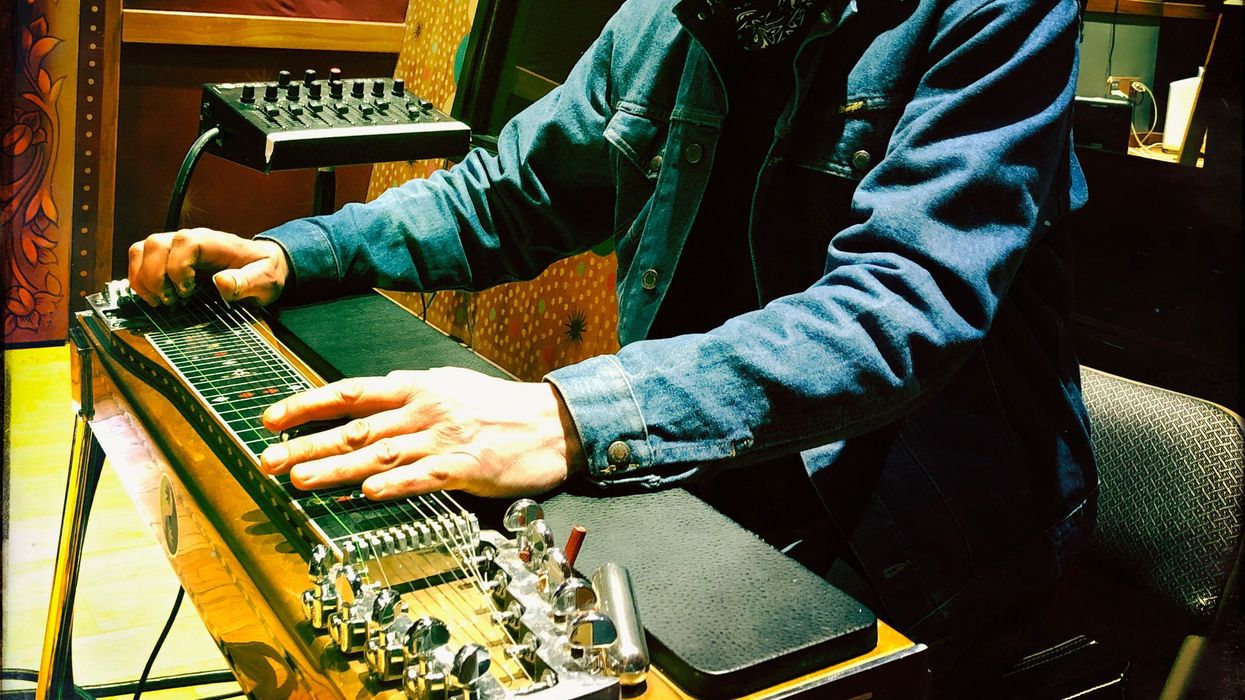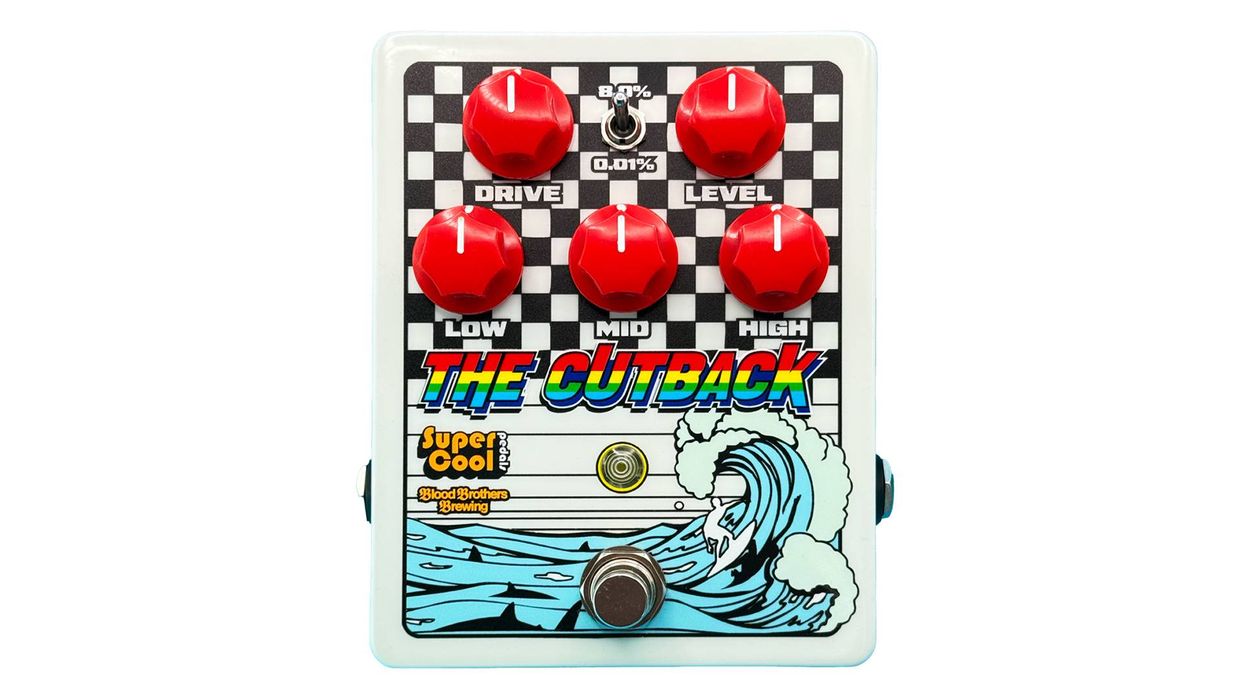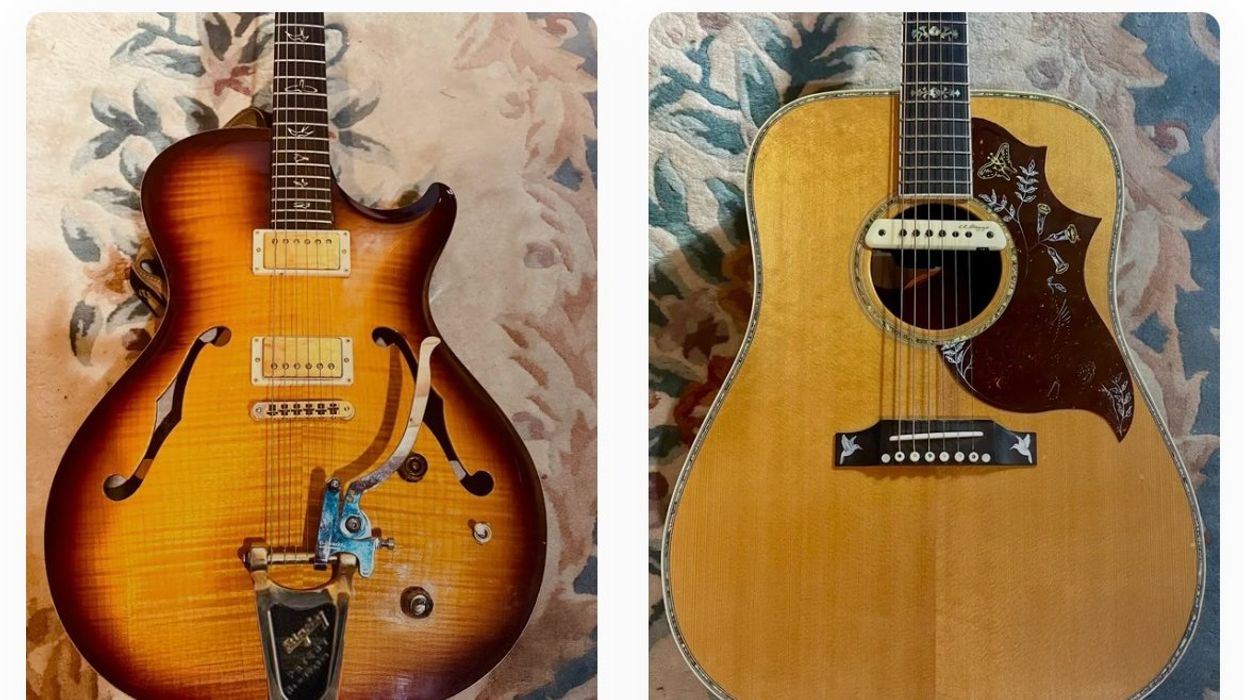The law of attraction, or manifesting, has been in vogue for a while. I first heard about this semi-spiritual belief that you will attract into your life whatever you focus on back in 2006 with The Secret, Rhonda Byrne’s popular self-help book (and film) that’s sold over 35 million copies worldwide and been translated into 50 languages.
Essentially, positive thoughts and actions reap positive rewards, negative thoughts and actions reap negative outcomes—your thoughts determine your reality. To get there, follow these basic rules:
Focus on what you want, not on what you don’t want.
Don’t get attached to the end result.
Stop complaining.
Find ways to elevate your mood daily.
We live in the age of string theory, where spirituality and science meet, so anything is possible. But even if you take out the science and spirituality, I know there is something to this hippie mumbo jumbo. Here’s how it works on a practical level for musicians:
You’re performing a song that has a difficult bridge. You know that the bridge is coming up, and the voice in your head says, “You’re going to mess this up, and you will feel deep, painful shame.” Sure enough, a few bars later, you mess up the bridge.
Here’s how it goes the other way: You have a gig coming up where you are playing that song with the bridge that you always boff, but this time you say to yourself, “Damnit, I am going to finally take the time to learn that stupid bridge and get it right.” So, you spend 10 minutes or 10 hours playing it until you have it right. You play it so many times that when you go to bed that night, the bridge is playing in your head on a constant loop. When you close your eyes, you can visualize your fingers working out the notes. You picture yourself playing it slowly, quickly, with a swing, really straight, then drift off to sleep with the song still looping under your dreams. At the gig, when that bridge comes up, you feel a bit of anxiety creeping in and say, “I got this.” And you are right. That’s the power of manifesting.
“Once a person makes a decision to walk away from the card table, they are not going to win the big pot.”
You can also experience this socially. If you stay positive, look for the good in people and situations, the people around you will tend to move in that direction as well. As an added benefit, staying positive tends to repel chronically bummed-out pessimists, who do not want to hang with people on the up. Misery loves miserable company, not optimistic company. All those Wednesday Addams-types tend to avoid what they consider naive, stupid happy people.
Same goes with a career in music. Interstates 440 and 65 are like conveyor belts, delivering an endless supply of young and old aspiring artists to Nashville to make their mark. In my 30-plus years working here, I’ve seen the wildly talented and the not-so-talented succeed and fail. The only thing the successes have in common is that they do not quit. That does not mean that the never-quitters are going to succeed. But once a person makes a decision to walk away from the card table, they are not going to win the big pot.
Here’s an example: Joe Bonamassa just released a 20th anniversary version of his game-changer album, Blues Deluxe. Bonamassa said, “If you had told me 20 years ago my career would last long enough to see the 20th anniversary of this little record called Blues Deluxe, I’m sure I would have laughed…. Blues Deluxe was my last shot after being dropped by two major record labels and my booking agent.” I have no idea if they had a law-of-attraction mindset, but Bonamassa and his manager, Roy Weisman, went all-in on their own project and turned their ideas into a host of Billboard-charting albums, never-ending tours of sold-out shows, the philanthropic Keeping the Blues Alive foundation, and an incredible collection of guitars and amps.
Maybe it’s manifesting, or maybe it’s just that if you believe in yourself and keep working, you will improve and find opportunities. The harder you work, the luckier you get.
As a kid, I read Dostoevsky’s Notes from Underground and it changed my life. The bitter protagonist wastes his life living underground, feeding his anger and self-loathing with constant complaints. This is highly paraphrased, but he said something like:
“Only fools succeed, because an intelligent person knows that intelligence and hard work doesn’t matter, you will fail. So only fools succeed because they are too stupid to know they will fail.”
I signed up for this fool’s errand and never regretted it.
Supported by Keeley, Scan the code or visit robertkeeley.com/lastcall for a special offer!









![Devon Eisenbarger [Katy Perry] Rig Rundown](https://www.premierguitar.com/media-library/youtube.jpg?id=61774583&width=1245&height=700&quality=70&coordinates=0%2C0%2C0%2C0)






